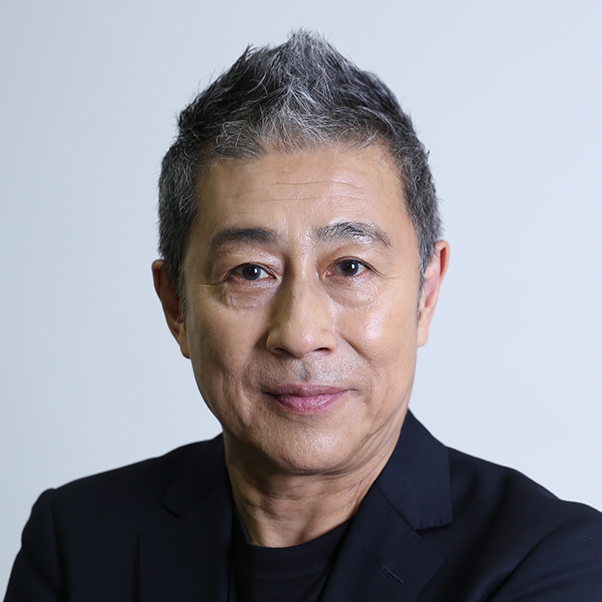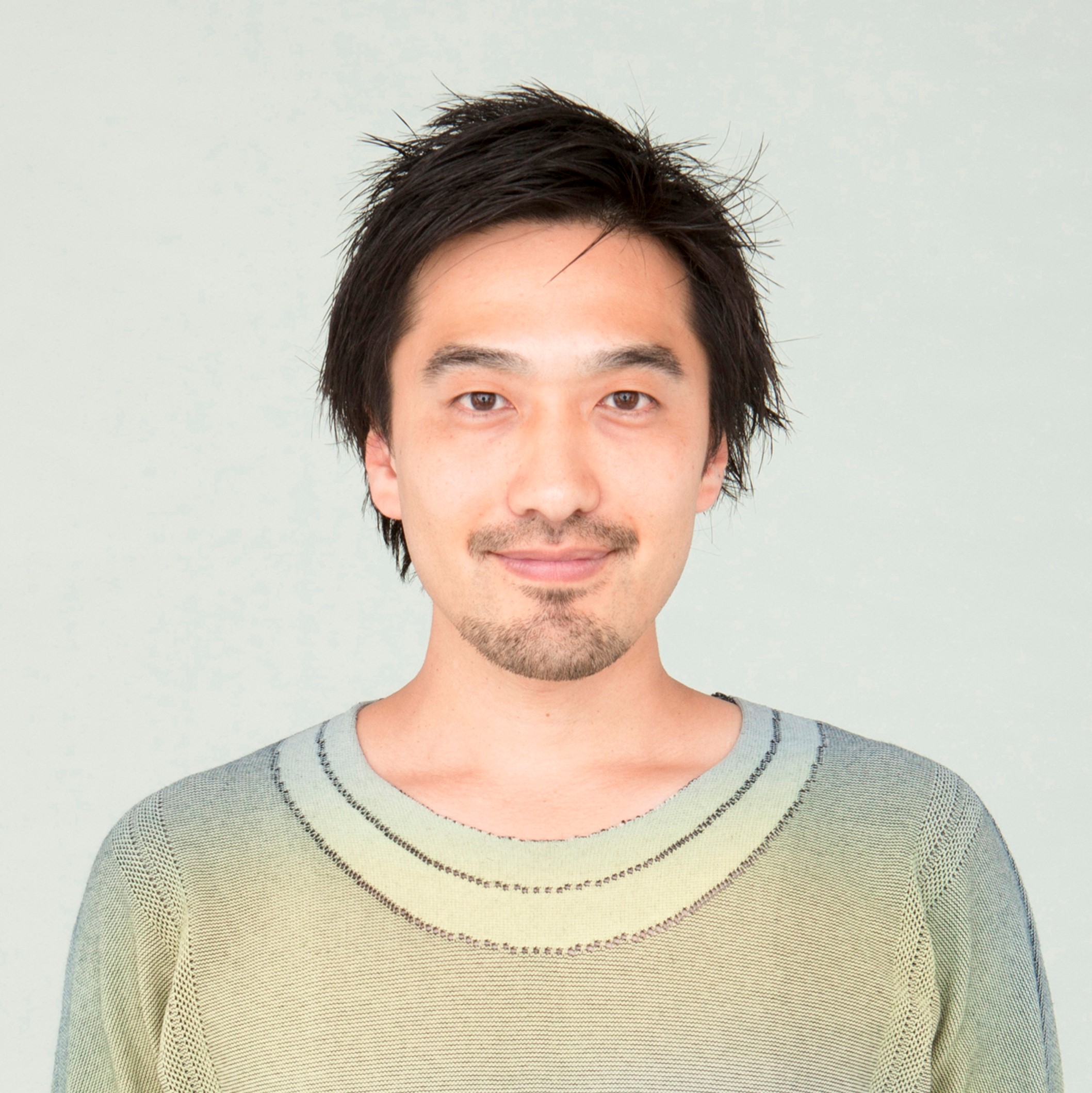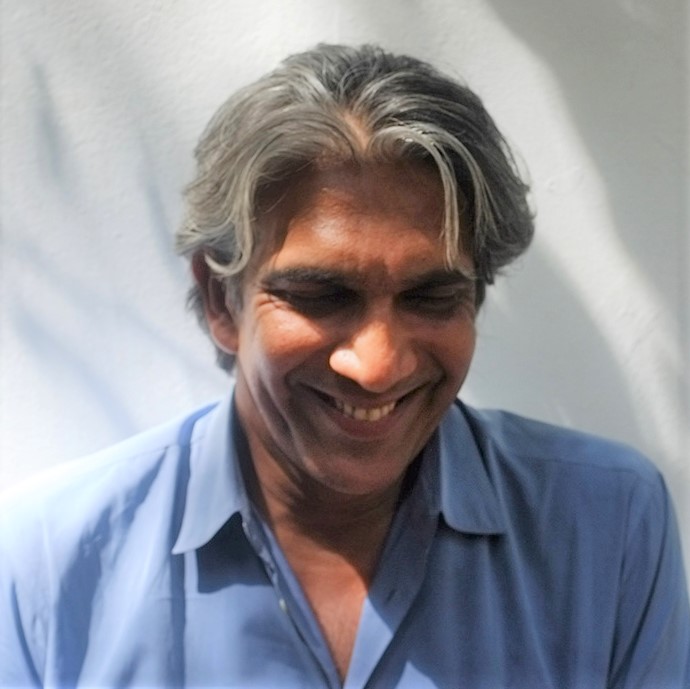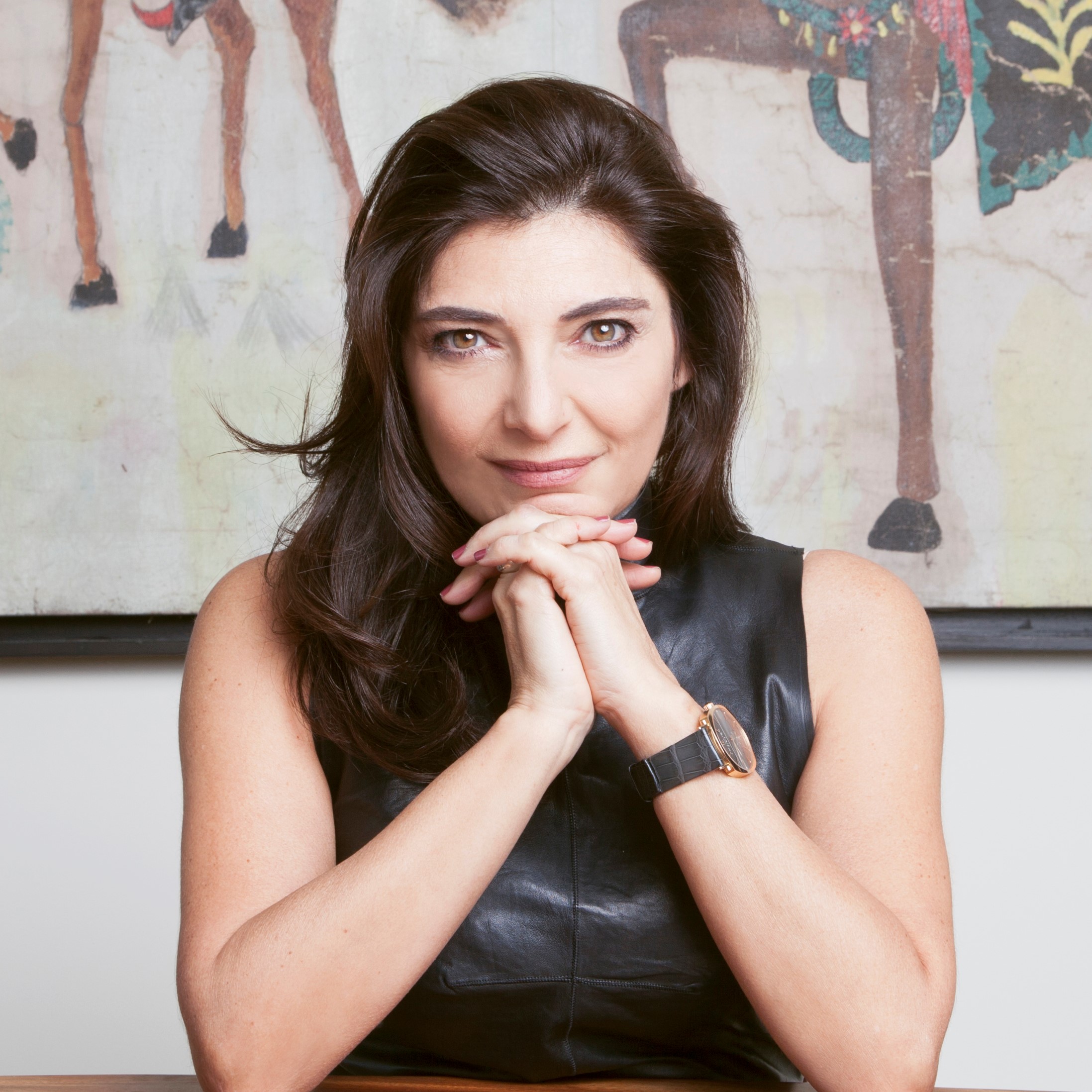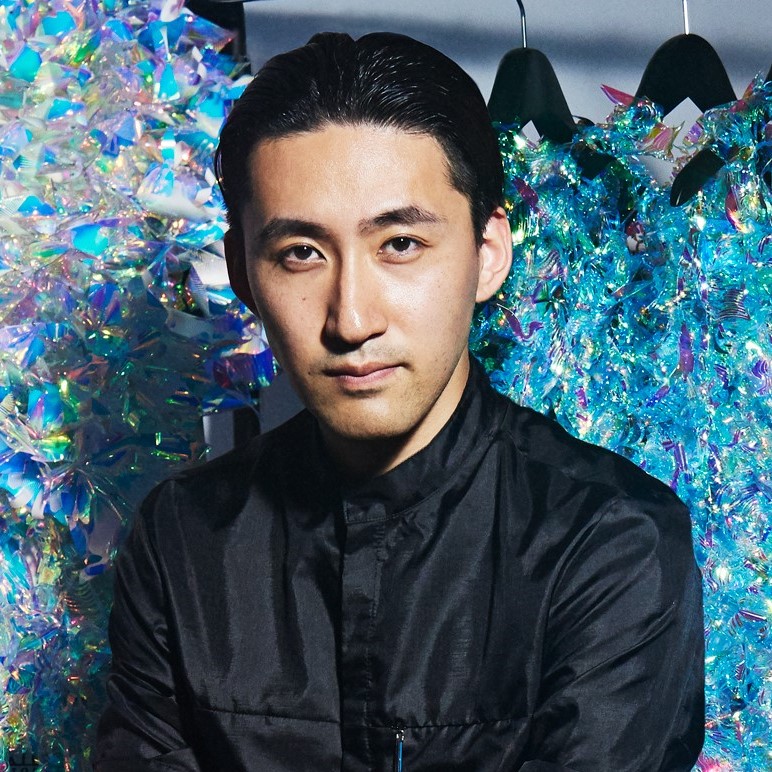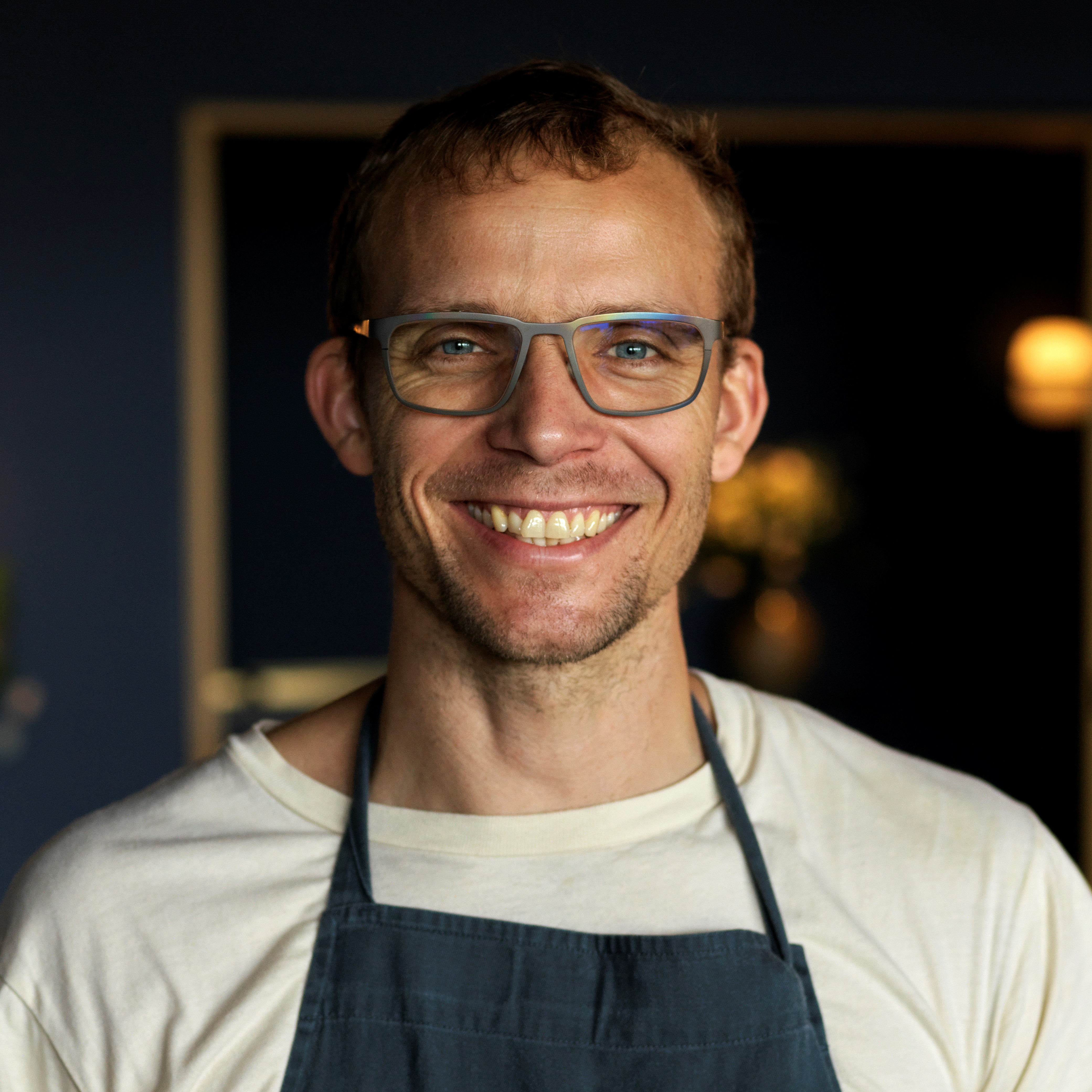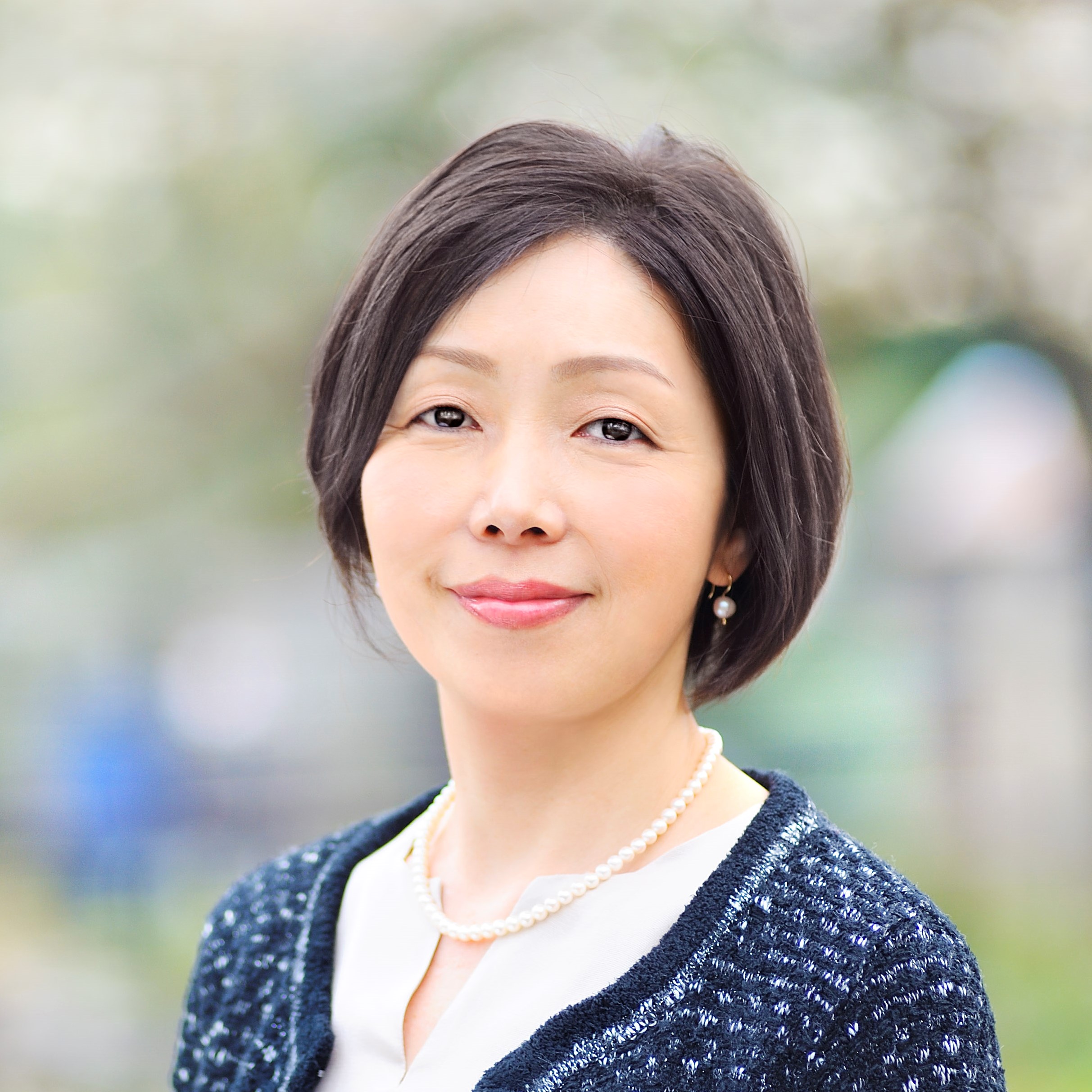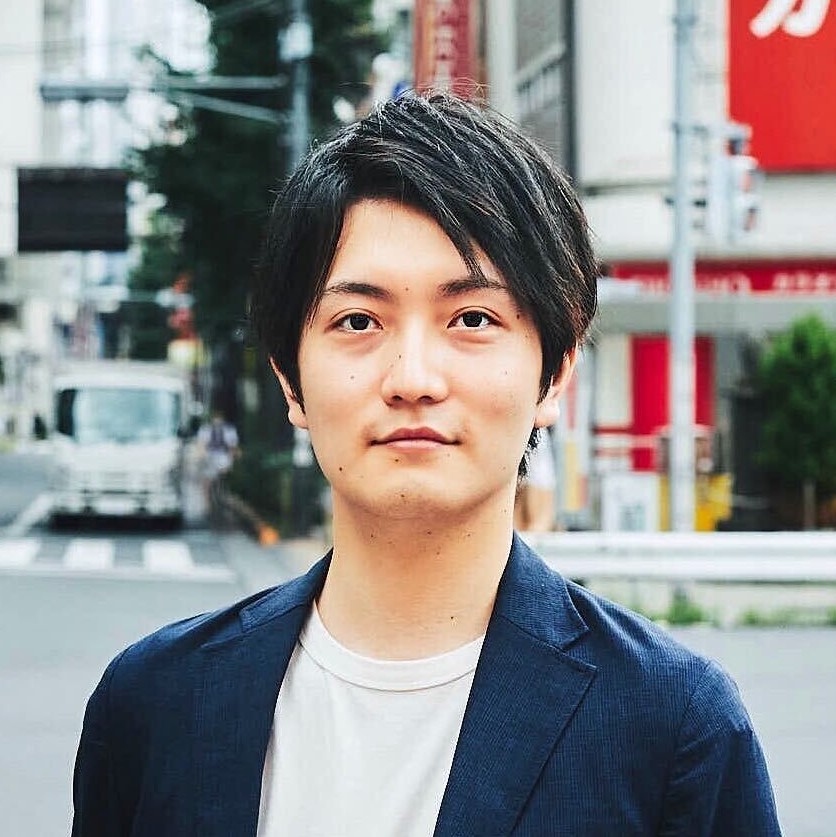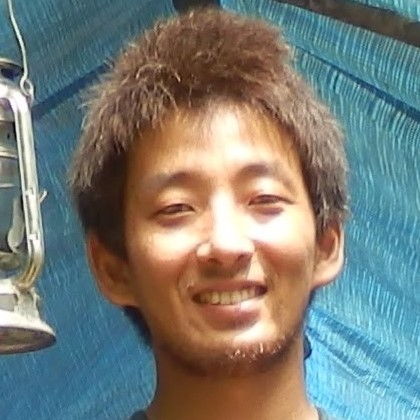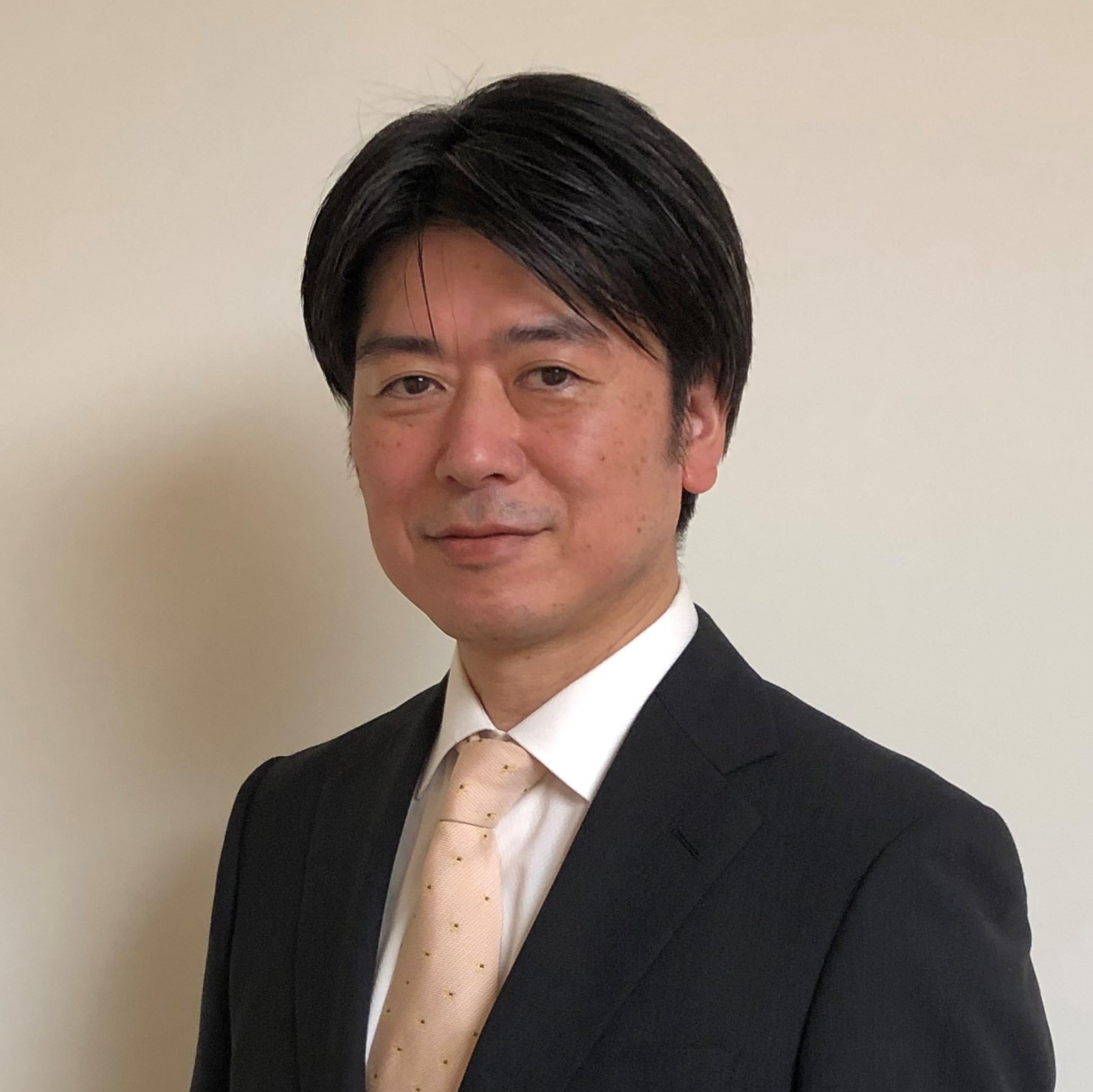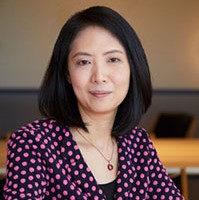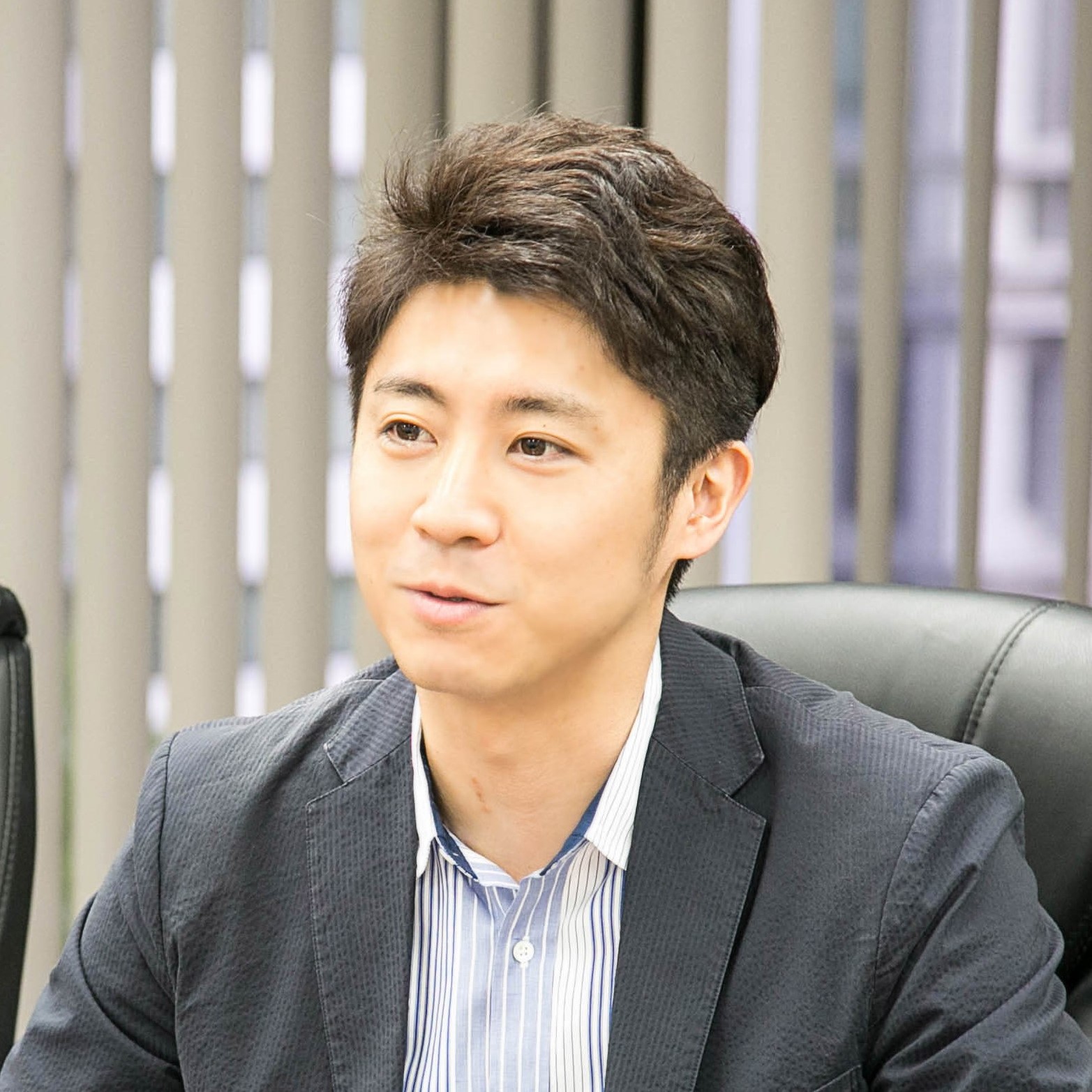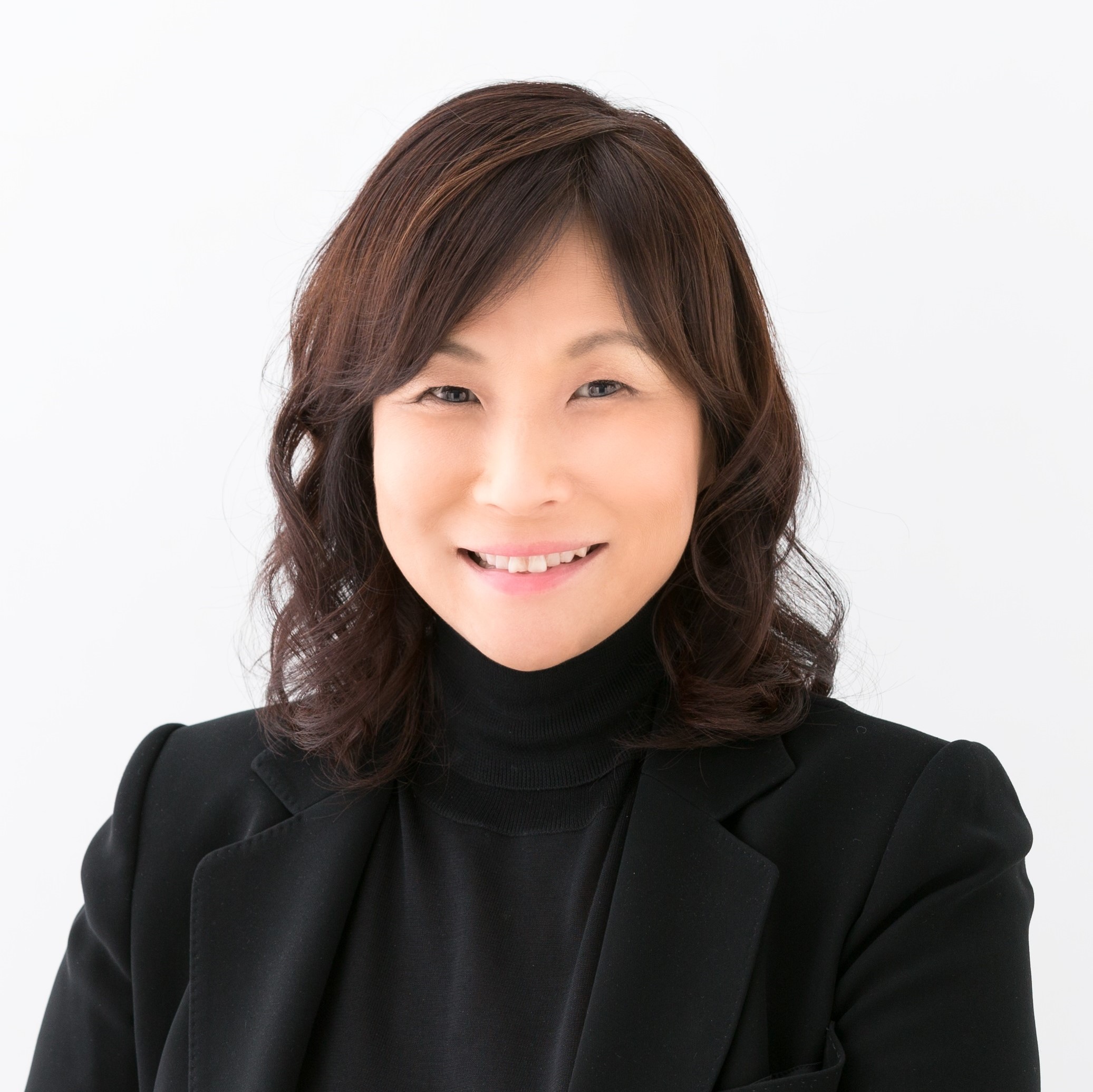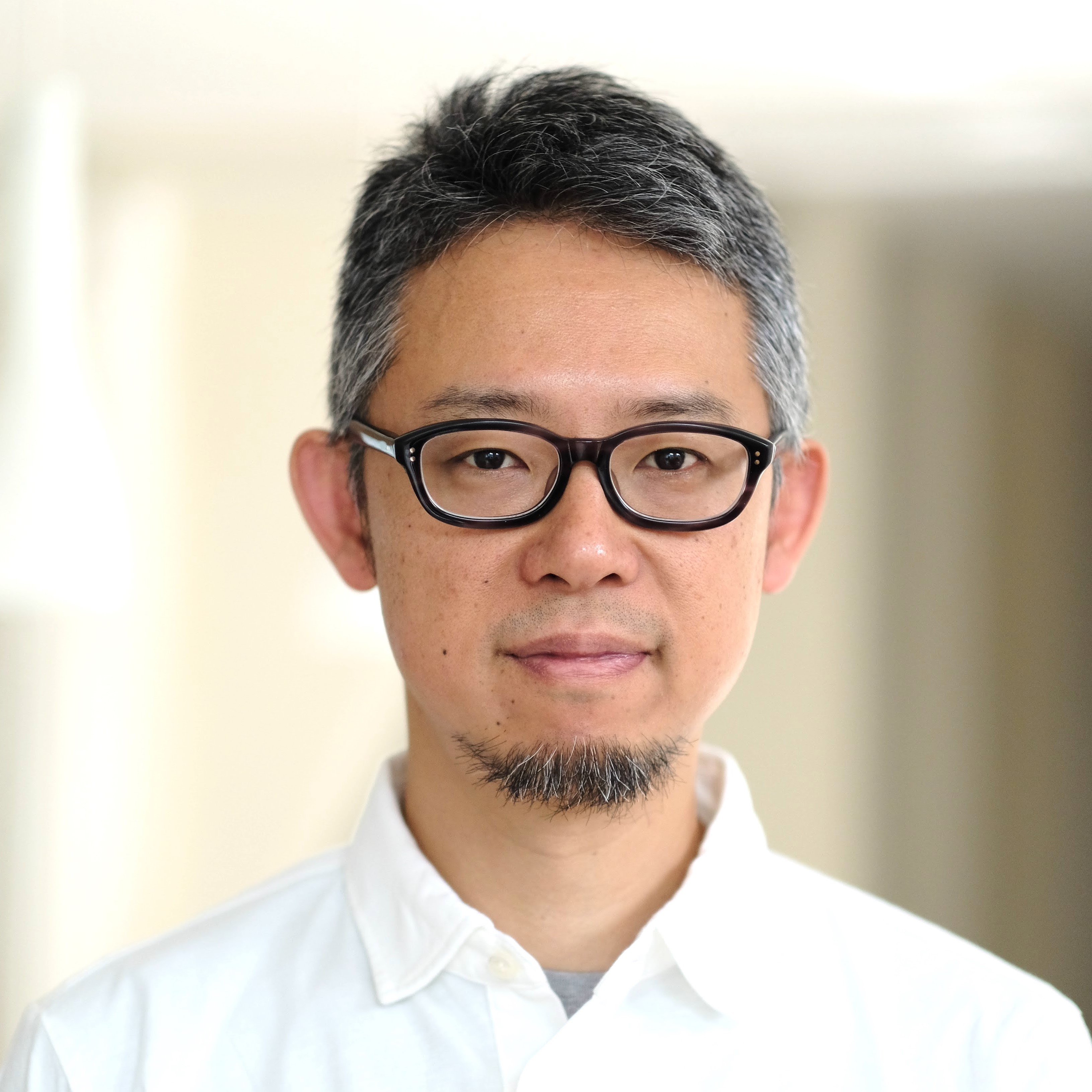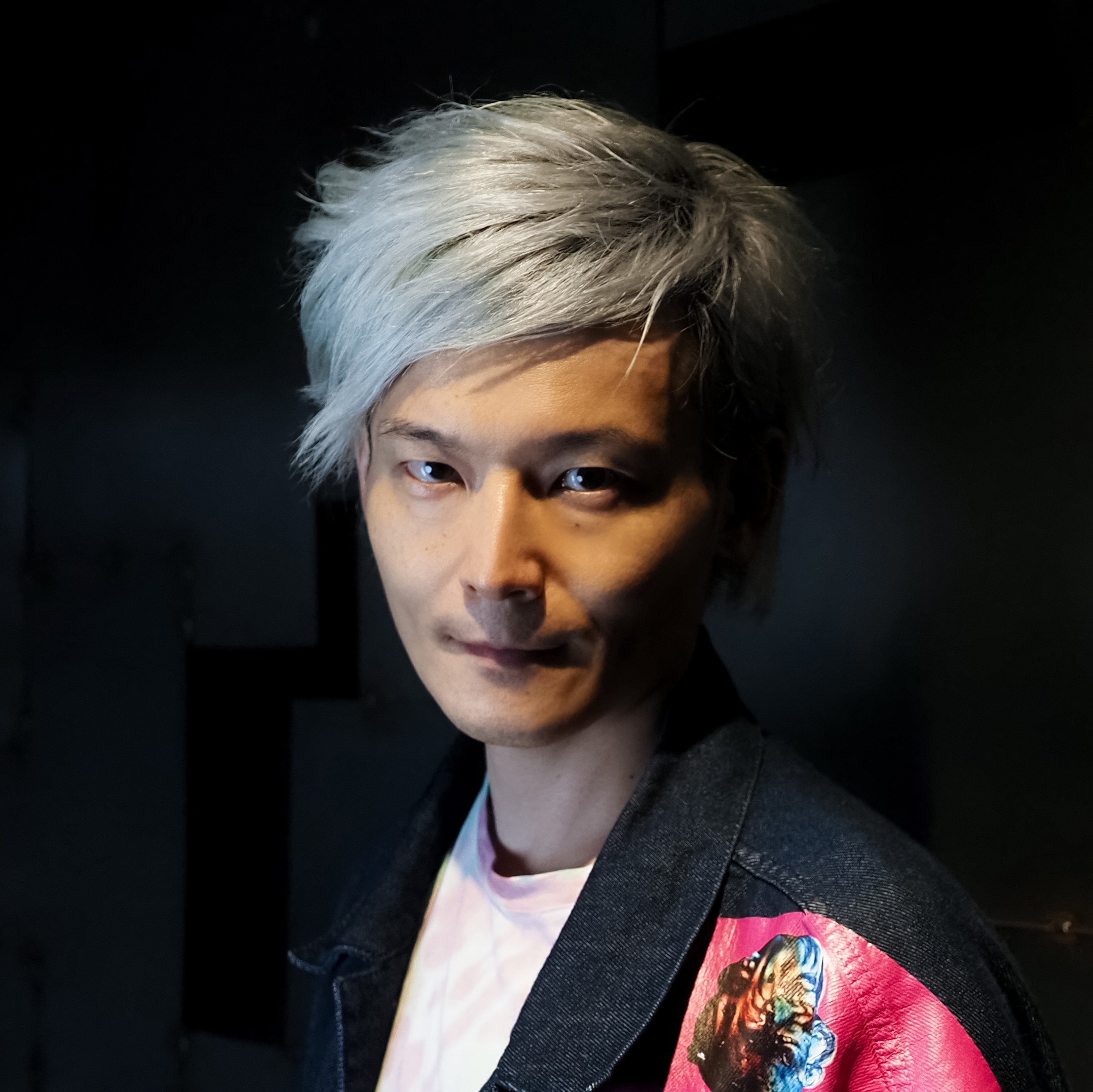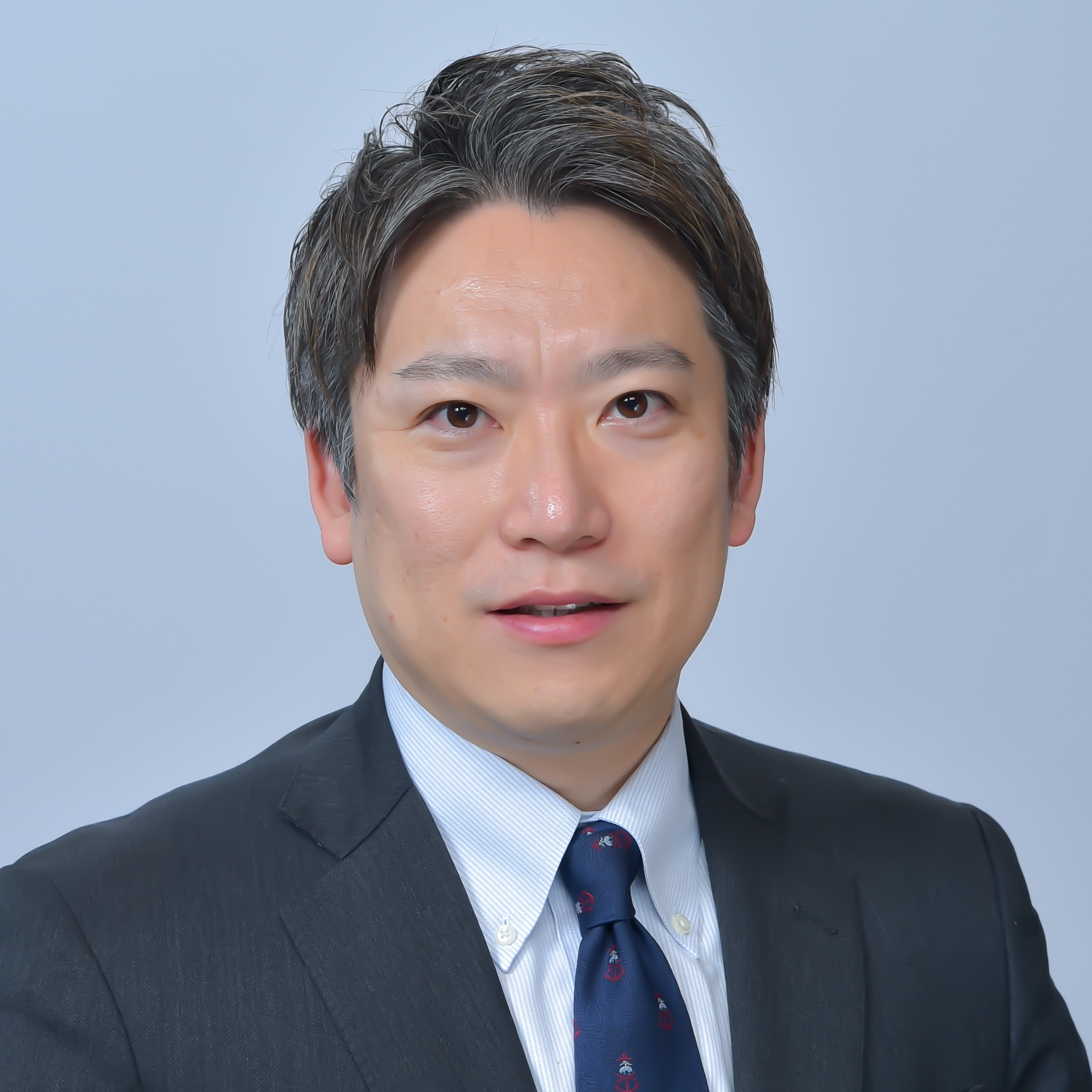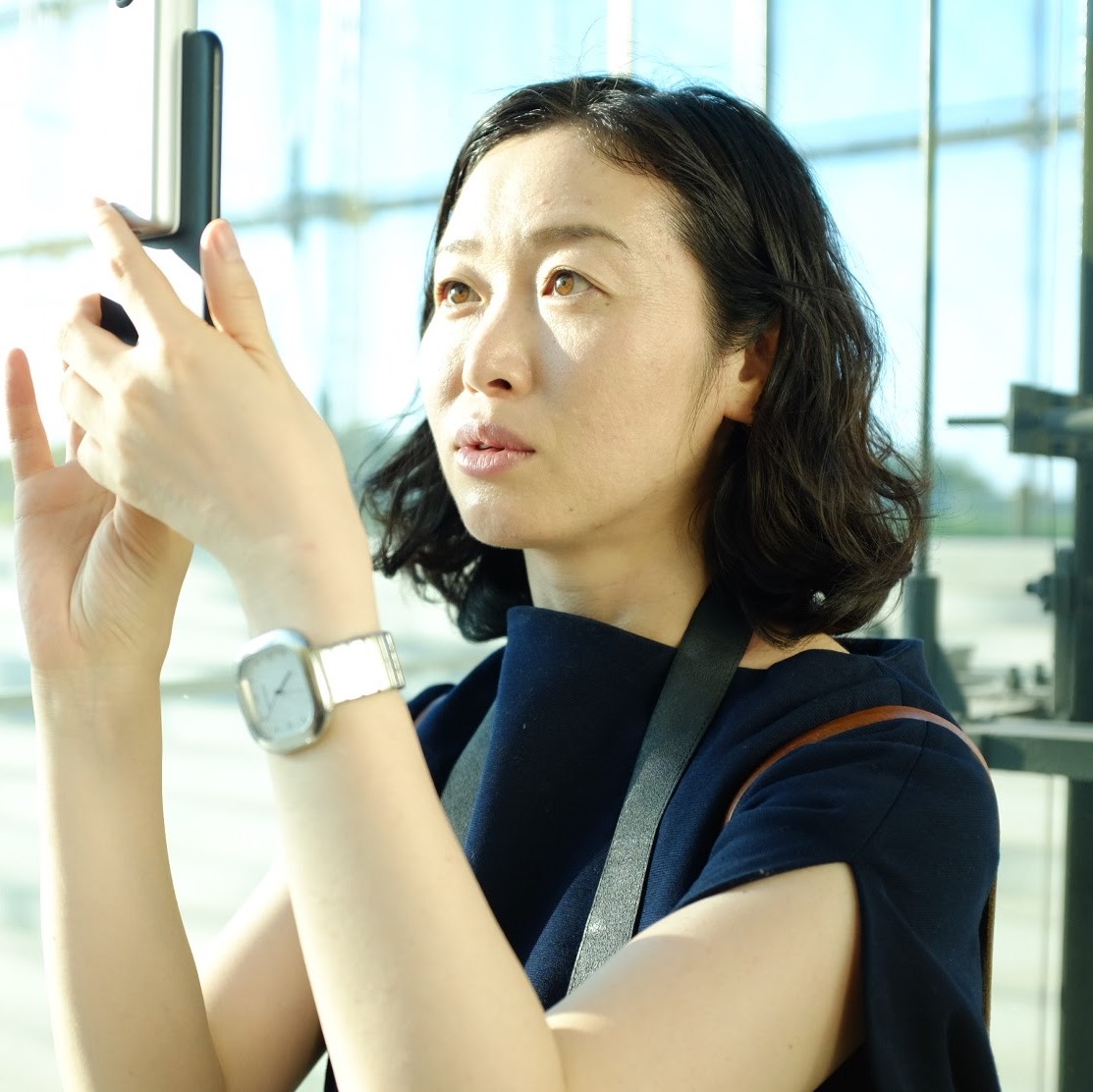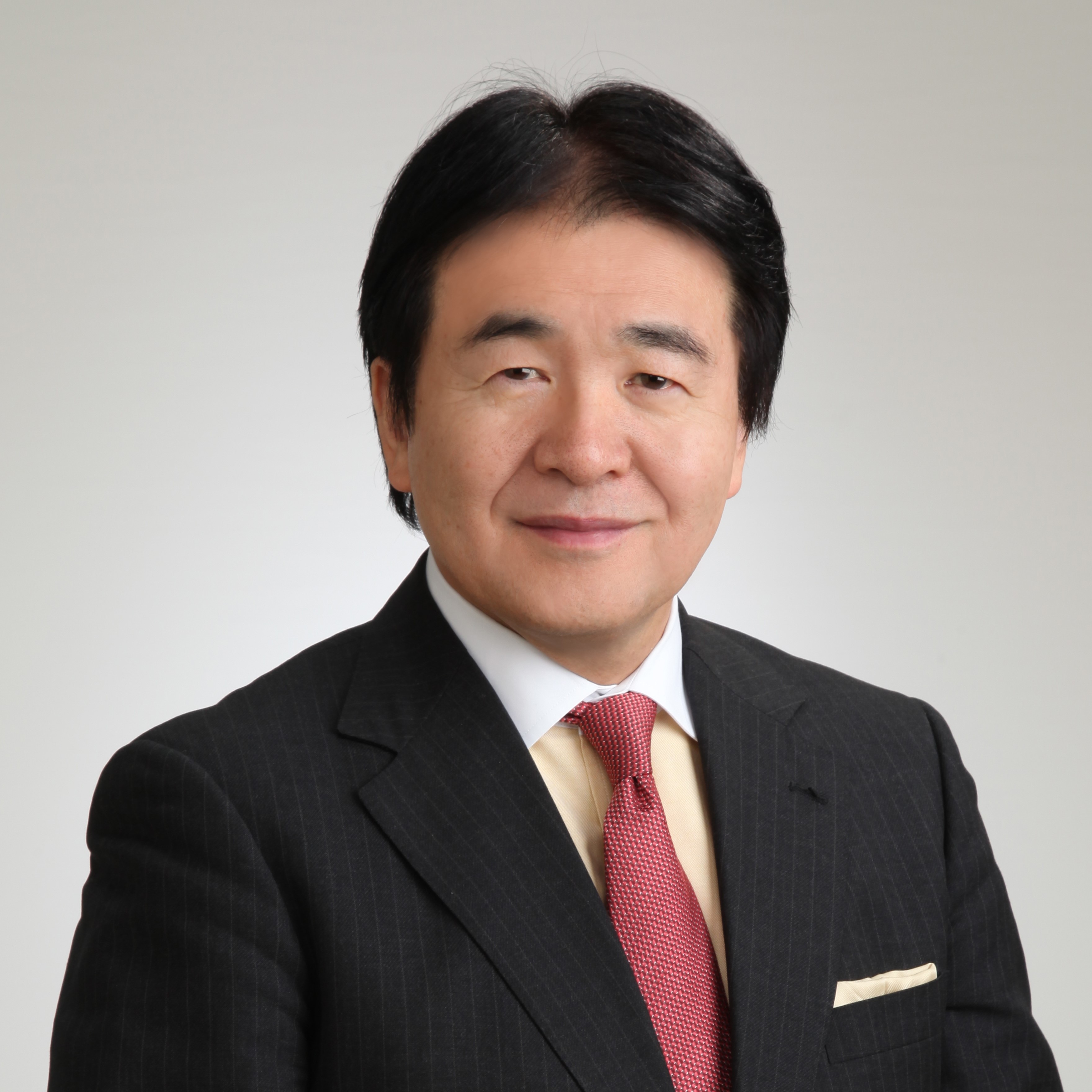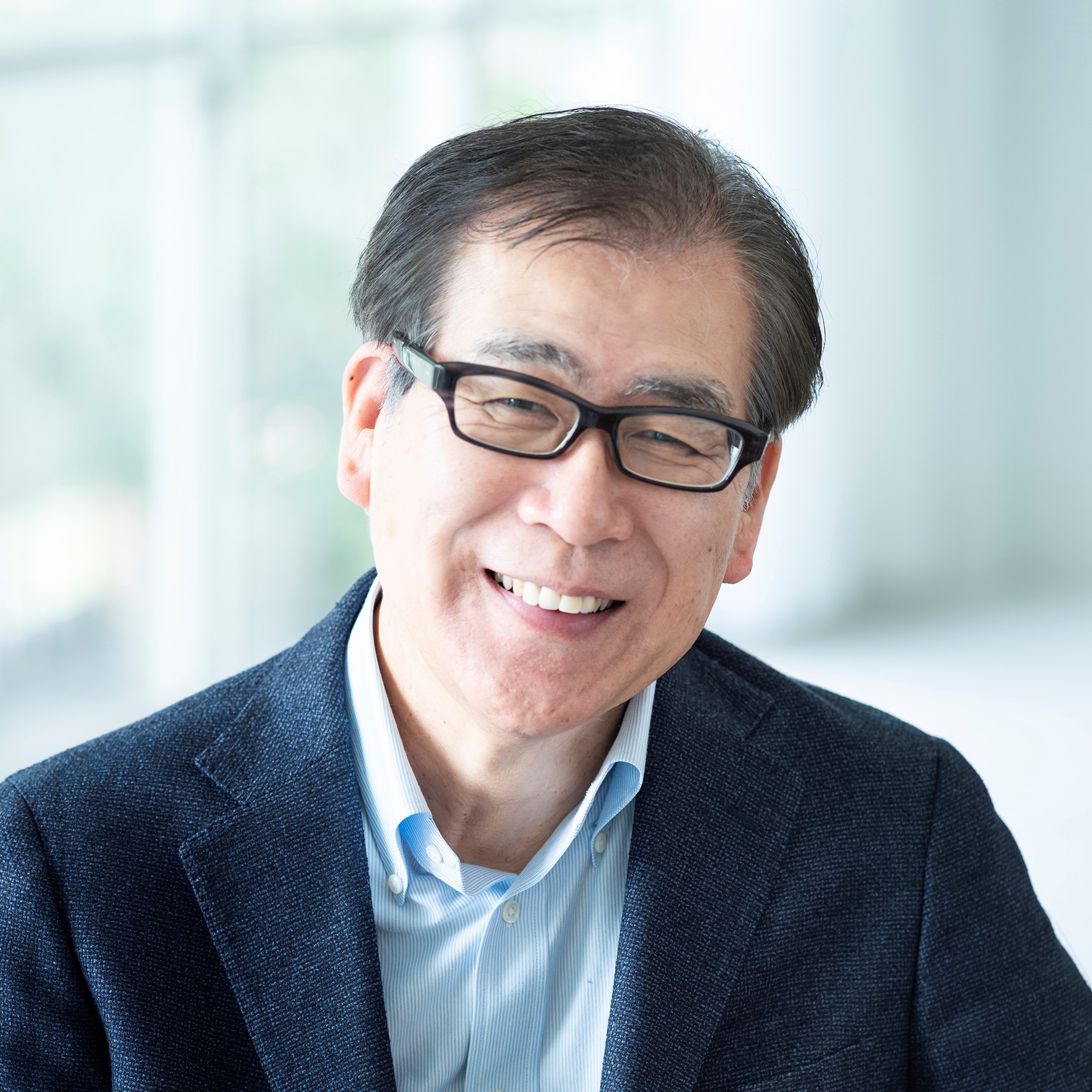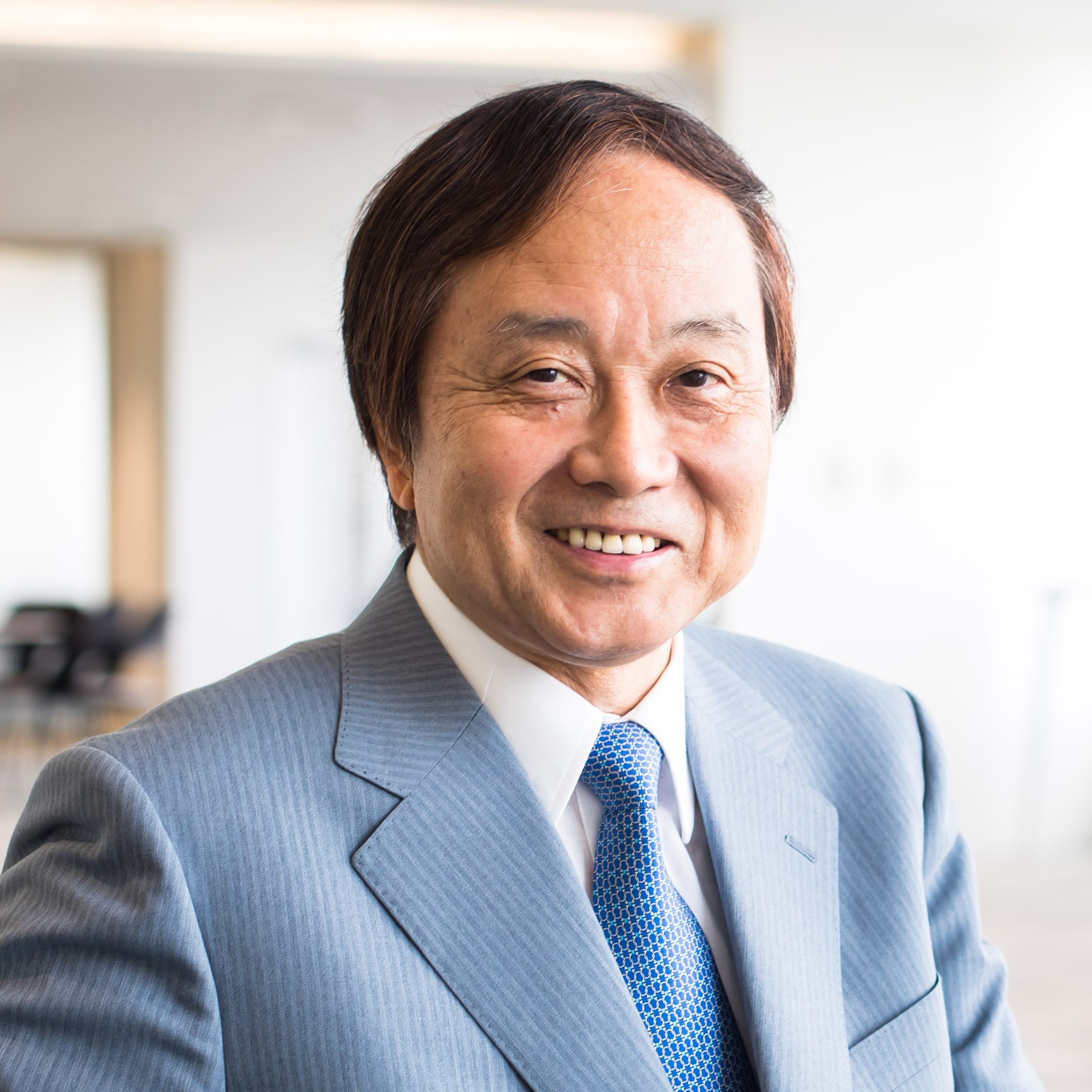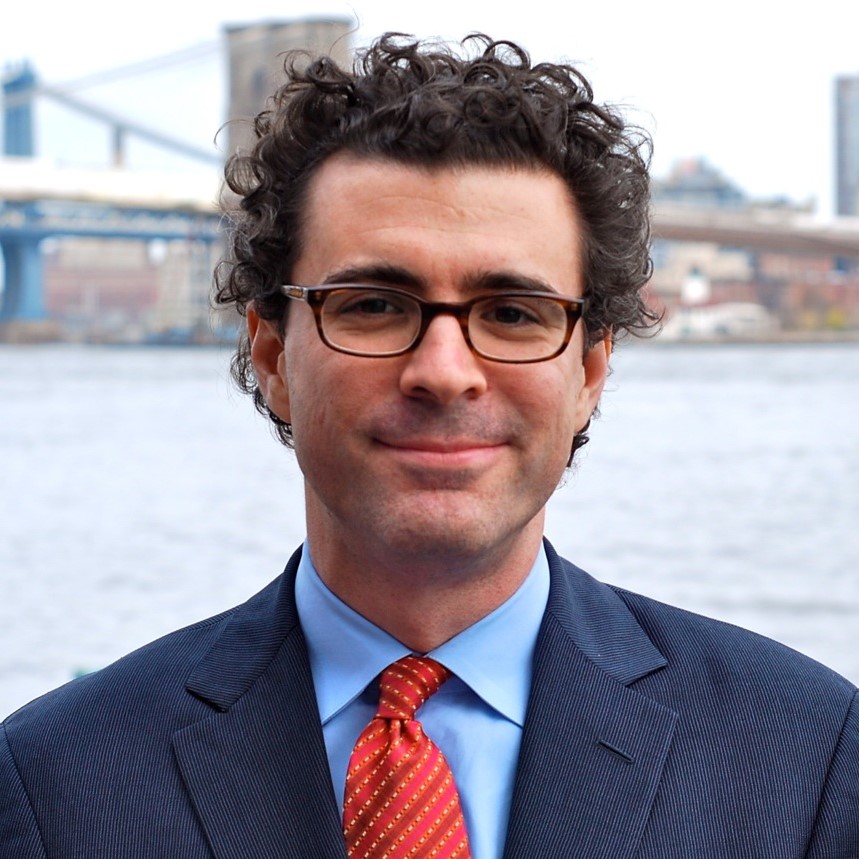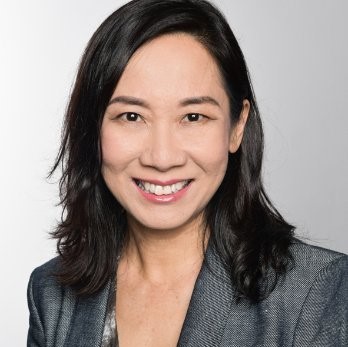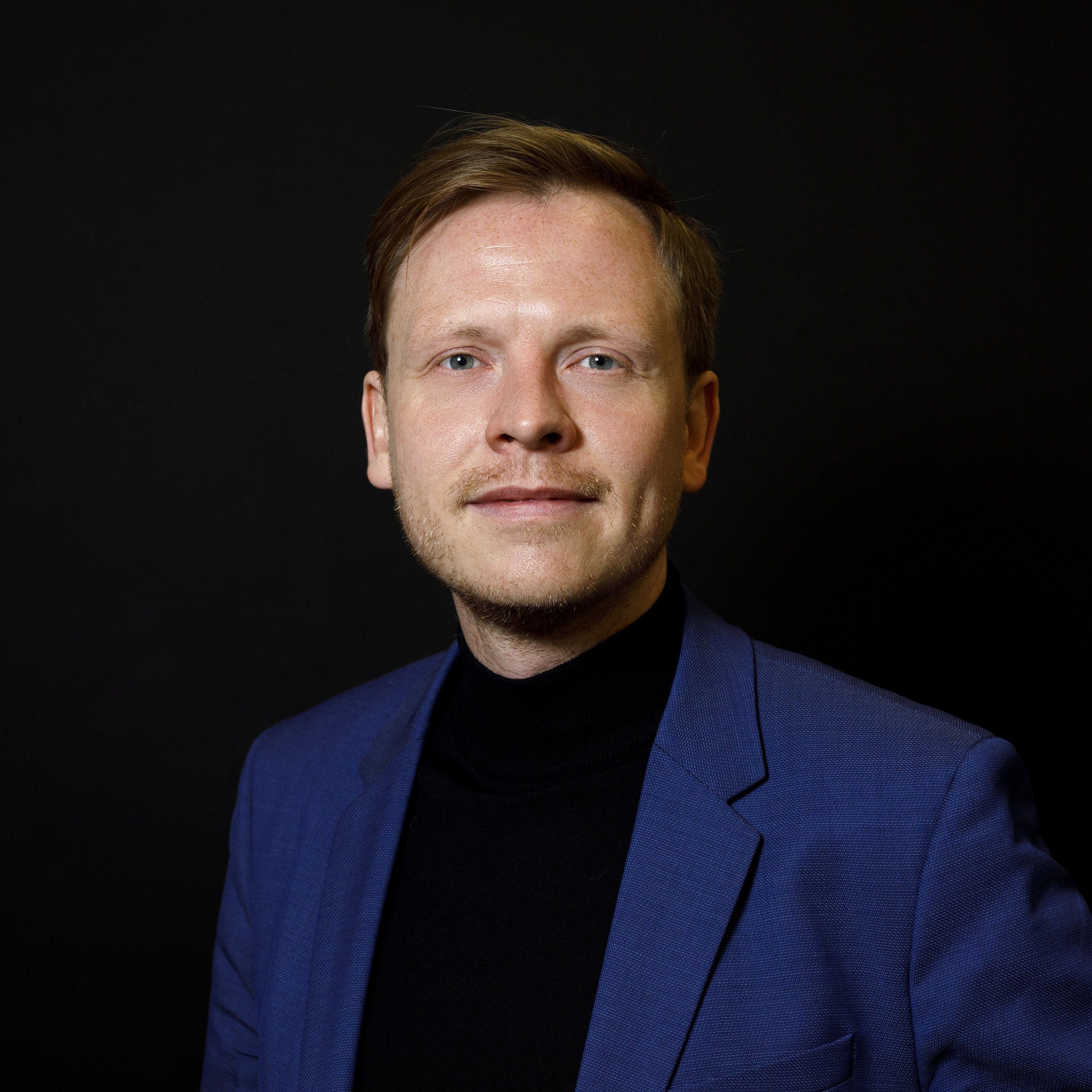The Pandemic and the Expansion of Human Perception: World brought about by the fusion of the real with the virtual
Online interactions, which has become commonplace during COVID-19, is transforming our worldview by fusing the real and virtual. In this situation, real spaces may be required more than ever to serve as places that appeal to human perception. The session will look at how art connects human perception and invisible realities, and new potential of cities as the sites of grand collisions between people and people, but also between people and information, interaction and separation, and the individual and the collective.
[About Breakout Sessions]
We will focus on the changes in human interaction that the COVID-19 crisis has brought about, exploring from a variety of perspectives the questions of how people understand the reality, how people empathize one another, and what it means to create in collaboration with others. We will consider the new possibilities offered to the human experience by cities amid the accelerating proliferation of virtual spaces, as the ways in which people interact with one another become increasingly diverse.
As humans, we have developed our perception and image of the world by using language to regulate the information that we obtain from our physical receptors, including our five senses, but does that perception of the world around us really encompass everything? In this session, we will explore the new possibilities that may await beyond. To that end, we will re-examine the ways in which we develop knowledge and consider the question of what it means to “know,” employing a variety of fresh perspectives, including cultural perspectives as well as the points of view of other living things.
Moderator

Akihiro Kubota
Professor, Art and Media Course in Department of Information Design / Director, Art Archives Center, Tama Art University
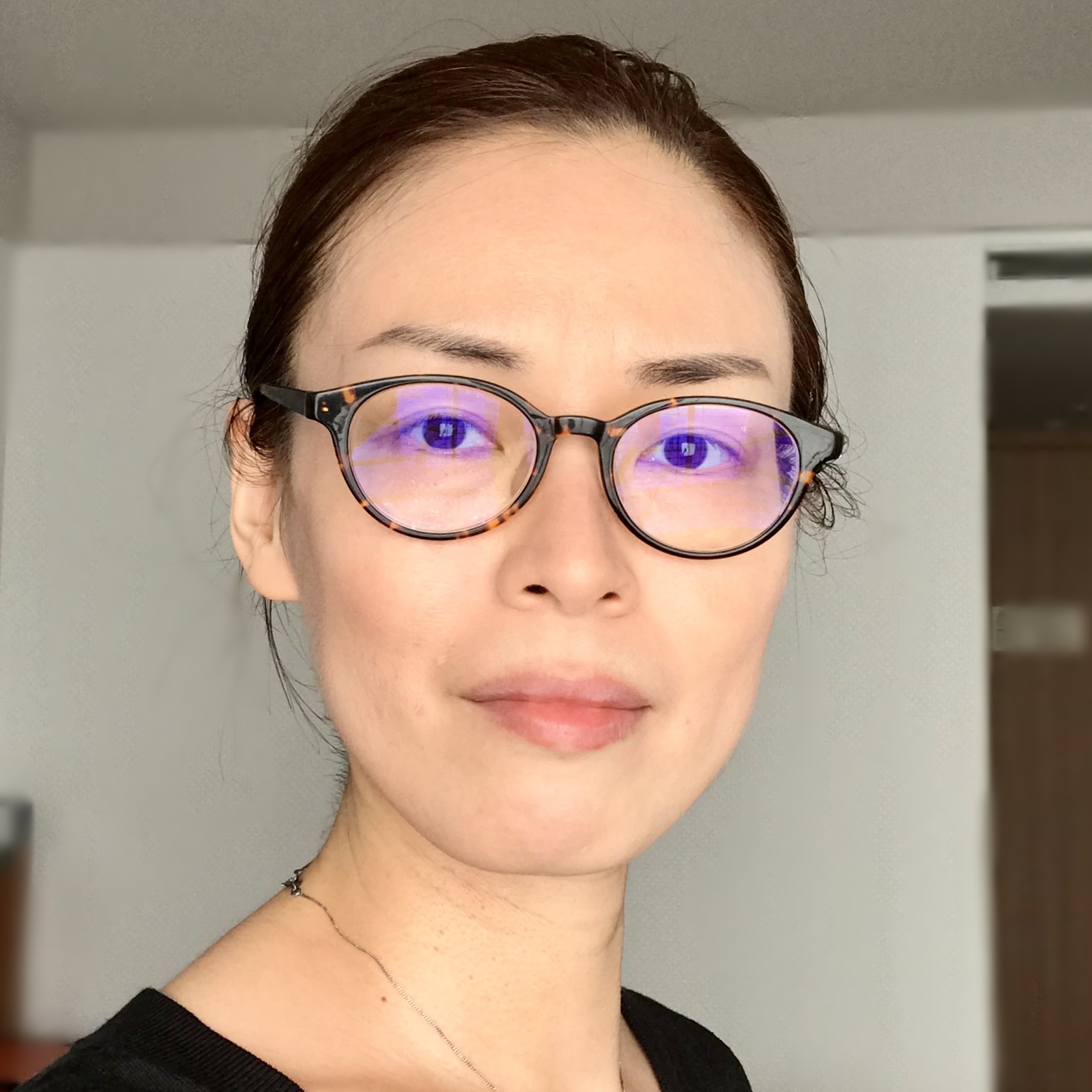
Sayaka Oki
Professor, Graduate School of Economics, Nagoya University
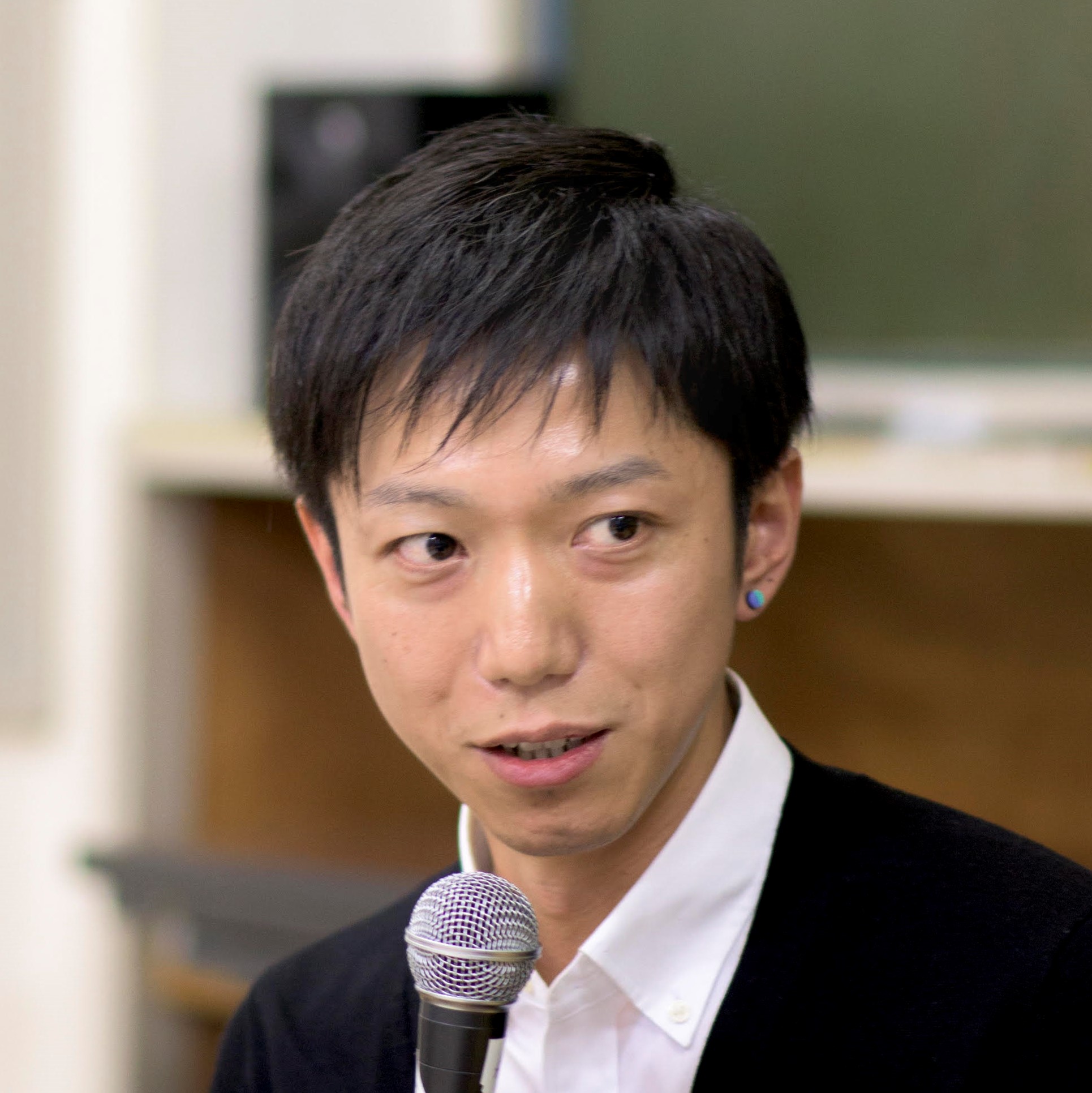
Futoshi Hoshino
Assistant Professor, Waseda University
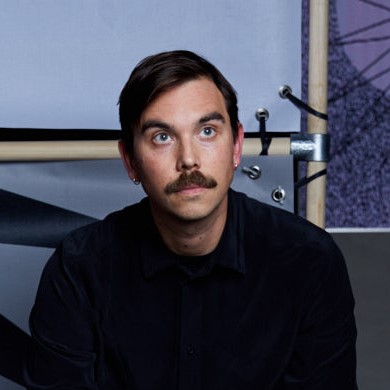
James Bridle
Writer / Artist / Journalist / Technologist
The remarkable developments that have taken place in the scientific and technological fields have expanded our perception of the world around us, opening our eyes to once-invisible realities. The current pandemic has offered us yet another new perspective. Here, we will take the opportunity to put forth an image of our world as seen from a range of perspectives, and turn our focus to the new ways of understanding that will emerge and their significance.
Moderator

Akihiro Kubota
Professor, Art and Media Course in Department of Information Design / Director, Art Archives Center, Tama Art University
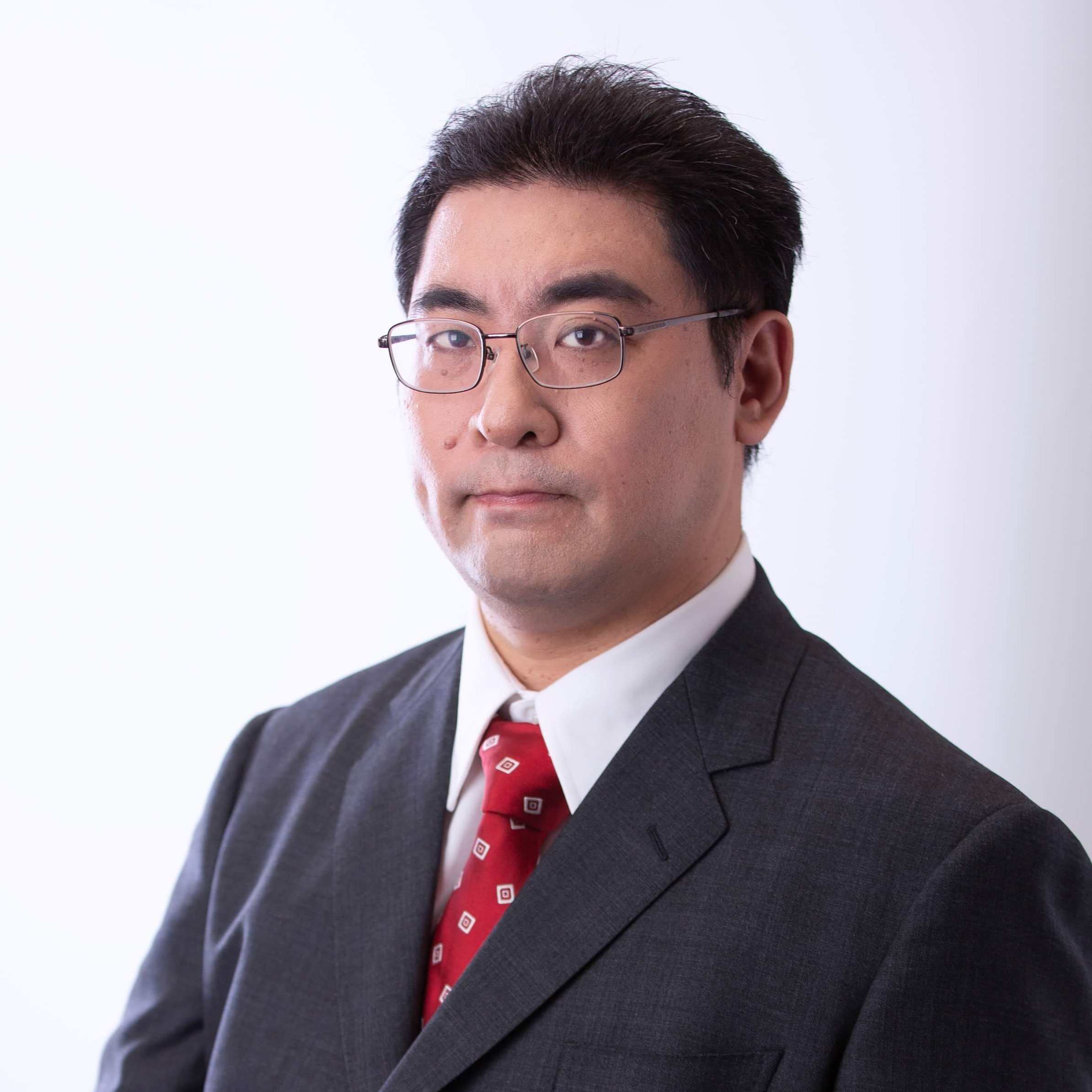
Youichiro Miyake
Board Member, Digital Games Research Association Japan
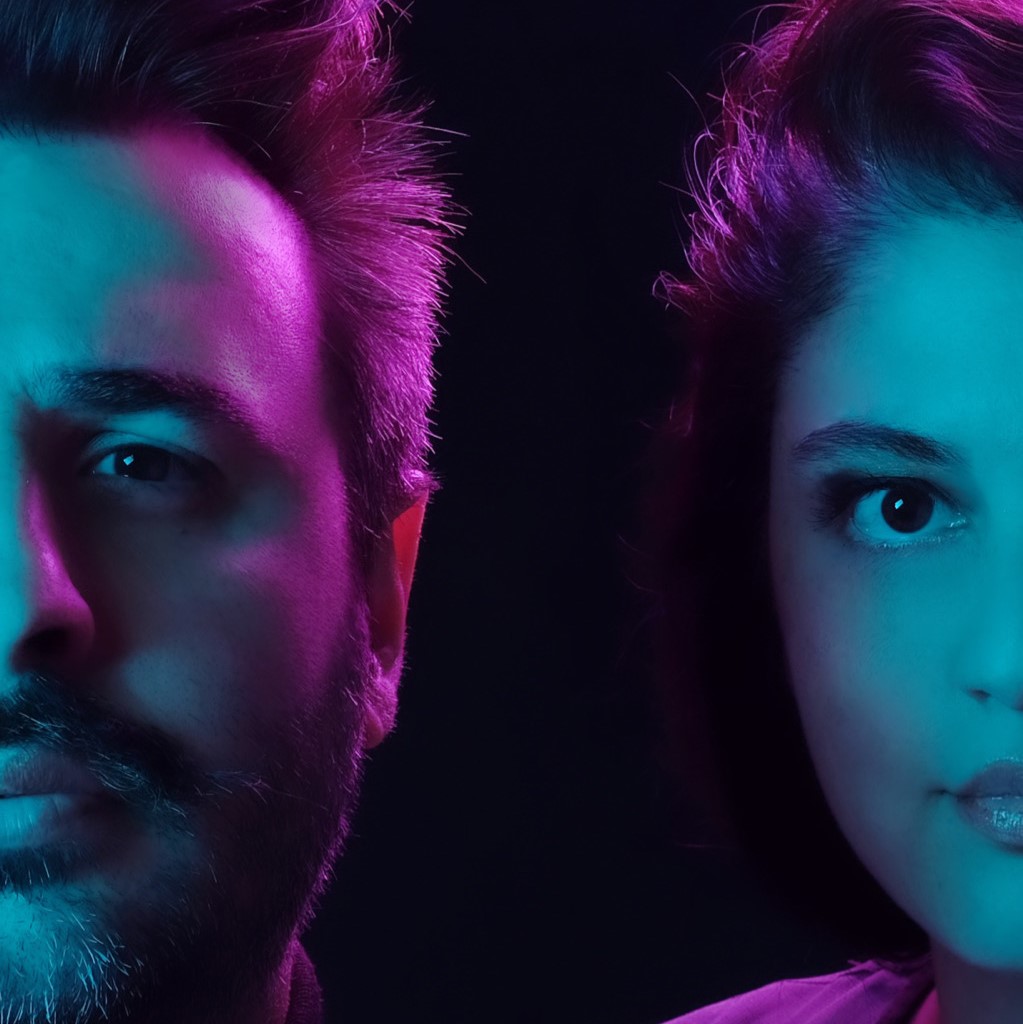
Ouchhh (Ferdi Alıcı / Eylul Alıcı)
Director and New Media Artist / Creative Director and New Media Artist

Aiko Hibino
Associate Professor, Faculty of Humanities and Social Sciences, Hirosaki University
Language is not the only way to communicate. Gestures, movements, colors, shapes, non-verbal sounds, moods, emotions, and instincts are also among the diverse range of available methods. New approaches to communication raise the possibility of understanding and exchanging information not only with other people, but even with non-human entities such as animals, plants, viruses, robots, and AIs. These developments might also offer new insights into the role that humans play in the world. What kind of empathy will emerge from our connections with an increasingly diverse array of other parties?
Moderator
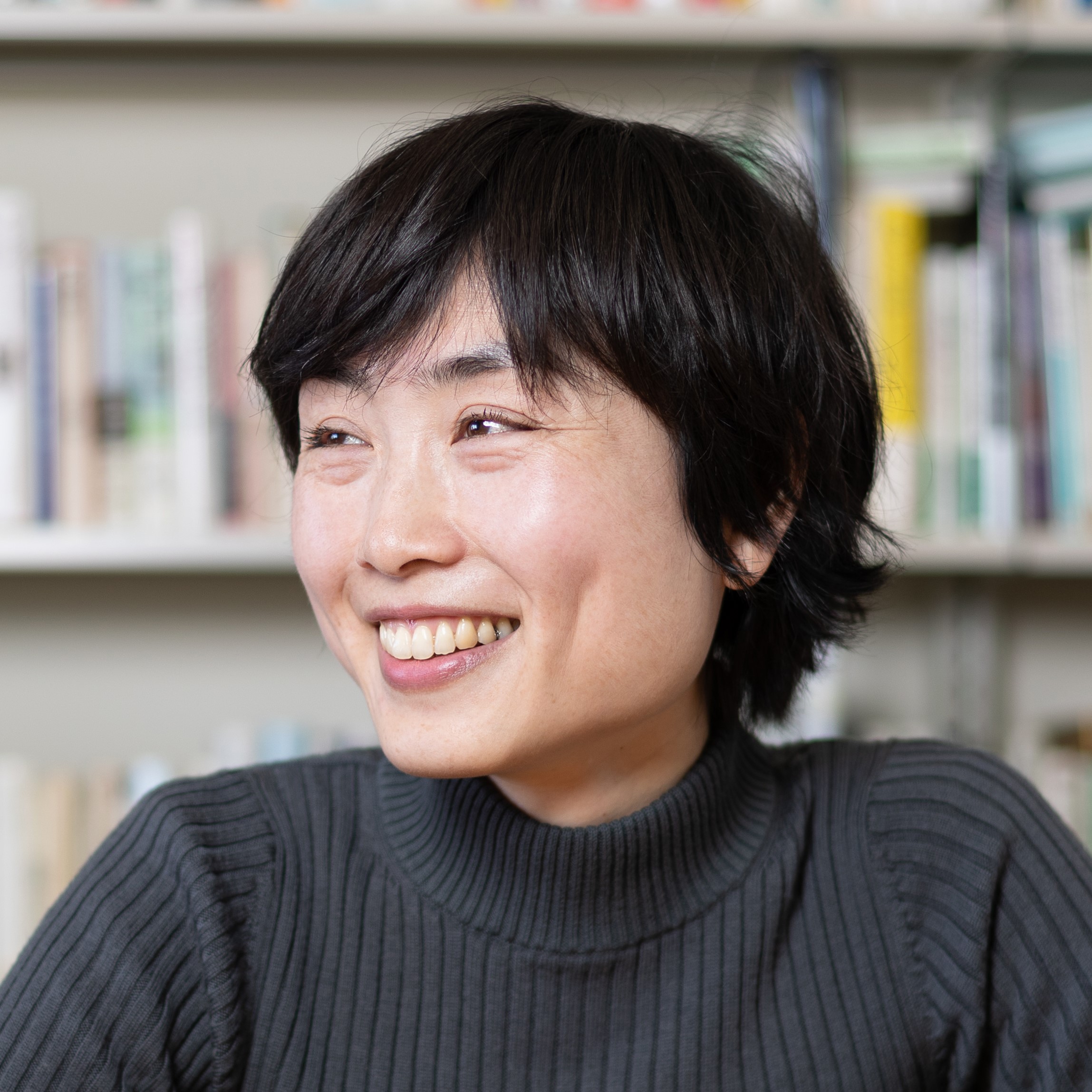
Asa Ito
Director, Future of Humanity Research Center, Institute of Innovative Research, Tokyo Institute of Technology
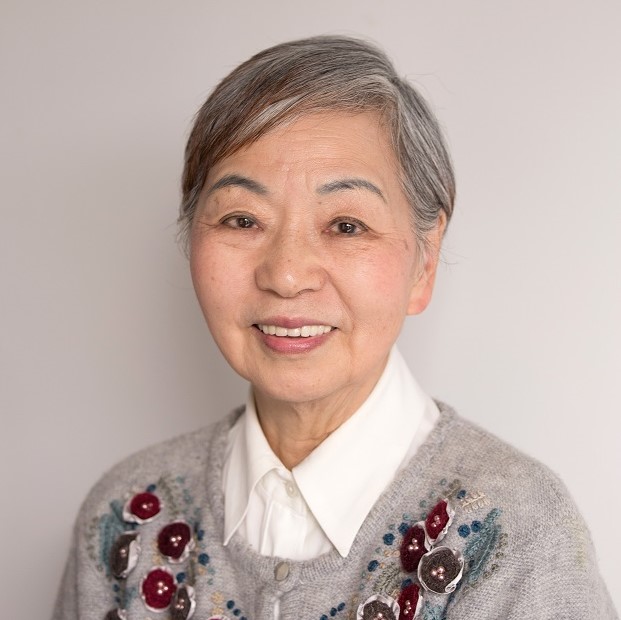
Keiko Nakamura
Honorary Director, JT Biohistory Research Hall
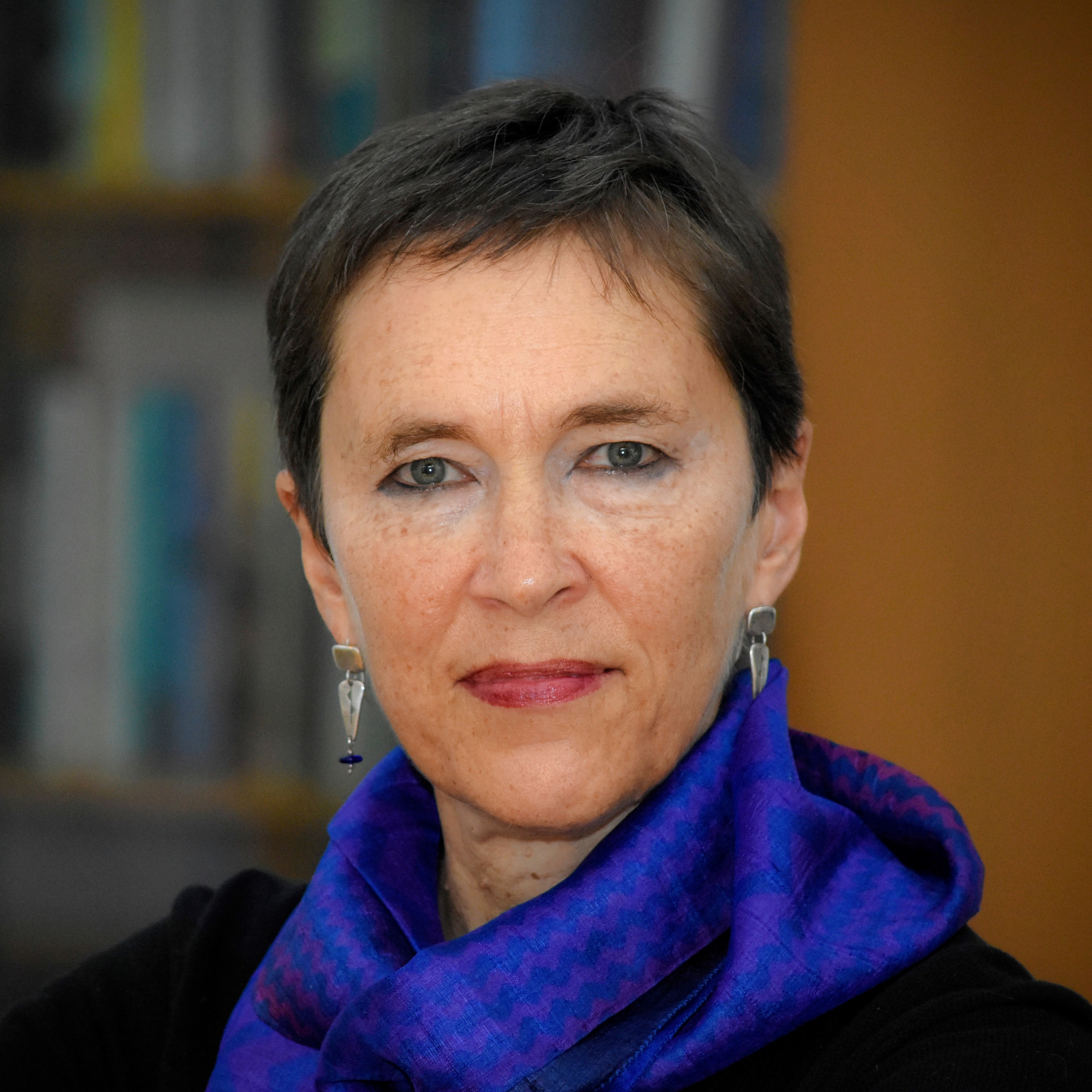
Caroline A. Jones
Professor, School of Architecture and Planning, MIT
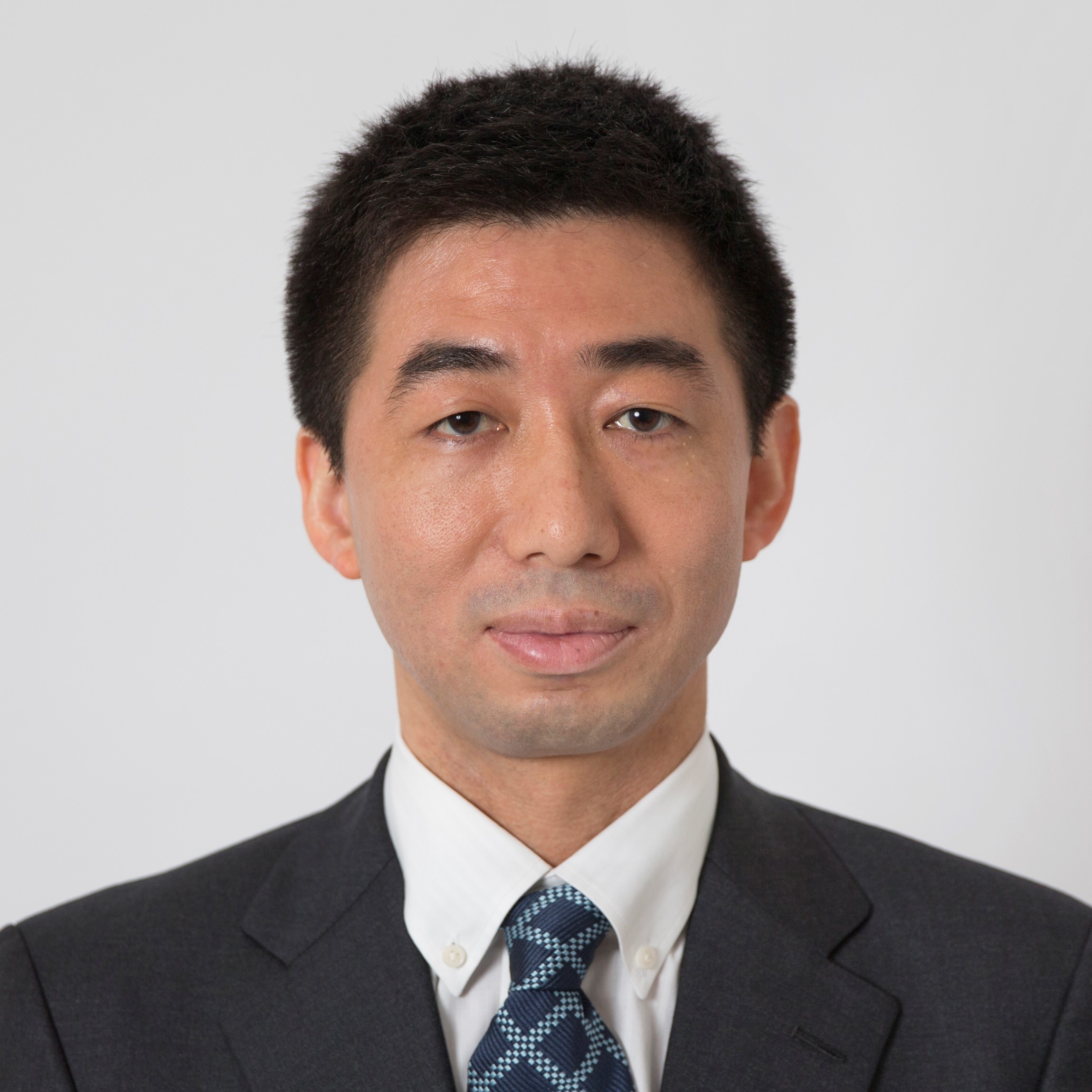
Junji Watanabe
Senior Distinguished Researcher, NTT Communication Science Laboratories / Service Evolution Laboratories
Created explicitly for human use, scientific and technological tools have, with the arrival of artificial intelligence (AI), taken on the potential to become new entities with capabilities beyond those of humans. In this discussion, we will re-examine the dualistic views (such as the dualism of body and mind) that have been built up over the course of the modern era, and turn our focus to issues of perception, consciousness, understanding, and empathy in the new conditions created by the pandemic, exploring the question of what it will mean to create spaces to form mutual understandings and facilitate coexistence with a wide range of others.
Moderator

Asa Ito
Director, Future of Humanity Research Center, Institute of Innovative Research, Tokyo Institute of Technology
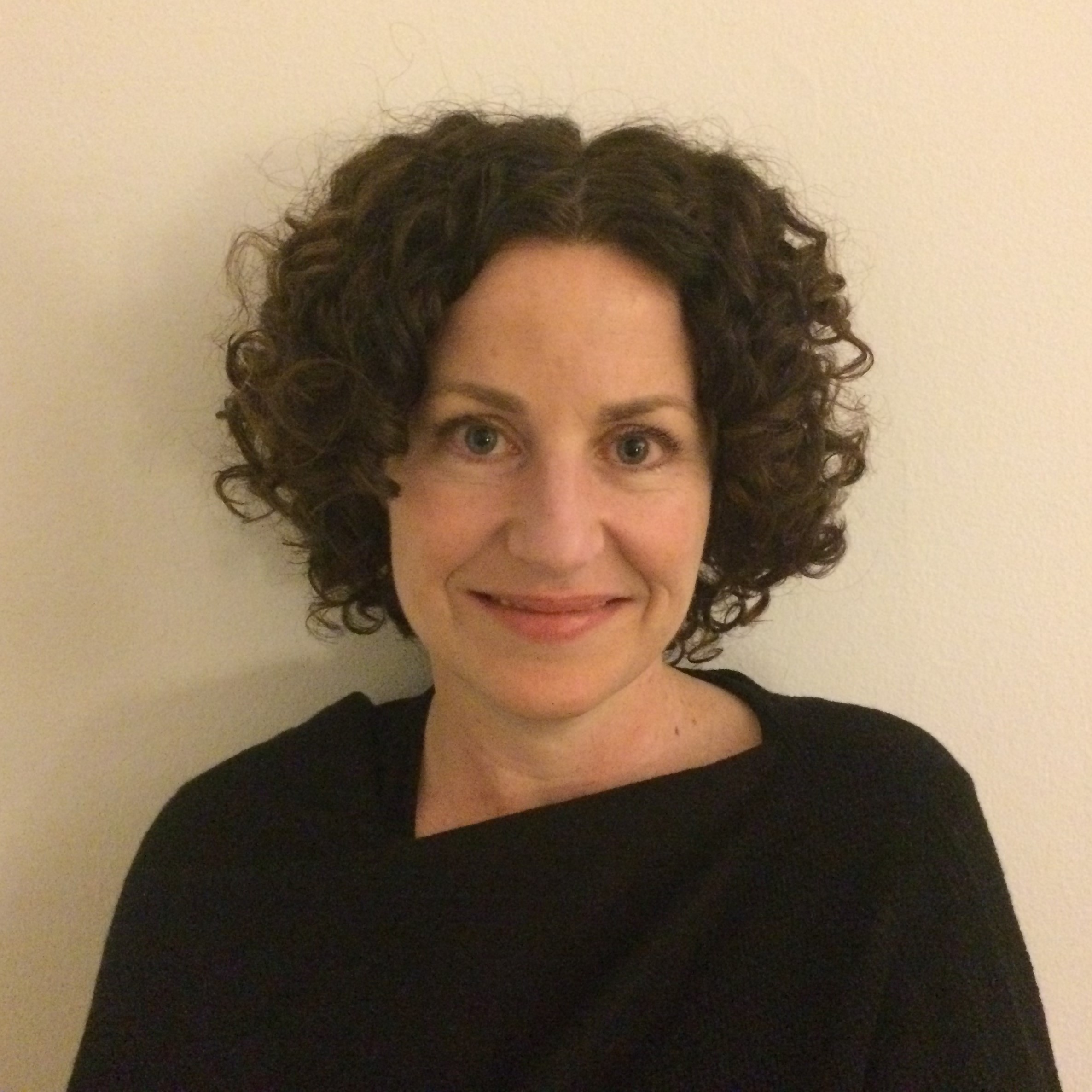
Mara Mills
Associate Professor of Media, Culture, and Communication, New York University
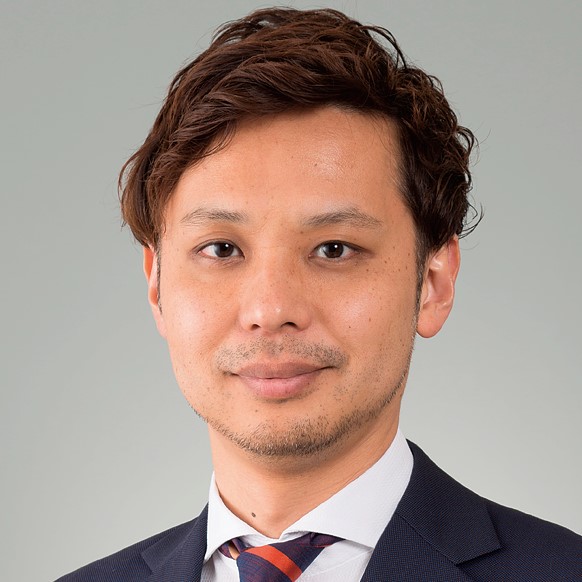
Tatsuhiko Inatani
Associate Professor, Graduate School of Law, Kyoto University

Kenichiro Mogi
Brain Scientist / Senior Researcher, Sony Computer Science Laboratory
Cities and architecture have thus far been focused on the creation of spaces that presume human cohabitation and in-person cooperation. However, the challenges introduced by the pandemic have thrown those presumptions into doubt, raising new questions about the relationship between the virtual and the real as well as what it means to work together with others. Here, we will bring a global perspective to bear on issues surrounding lifestyles and the future of the spaces where people live.
The social distancing that the pandemic has brought into our living spaces has had a significant impact on the forms of creative work that, until recently, grew from a foundation of interpersonal interaction and mutual understanding. What has come about as a result of the introduction of virtual interaction into these spaces? What has changed due to the pandemic? What will not change? We will take this opportunity to examine the question of what we need from real spaces.

